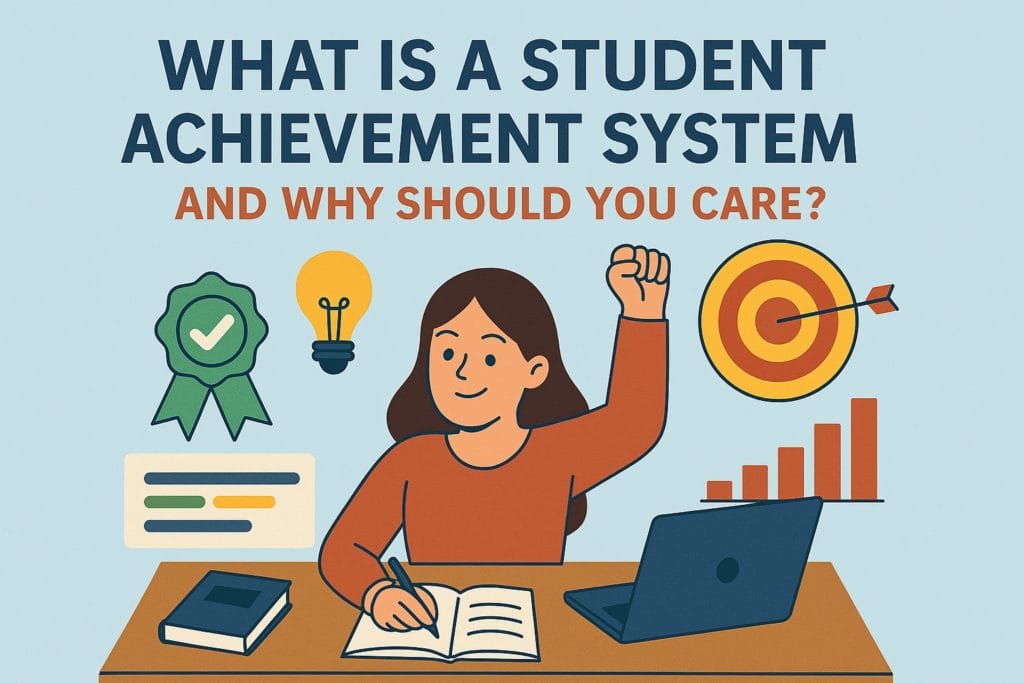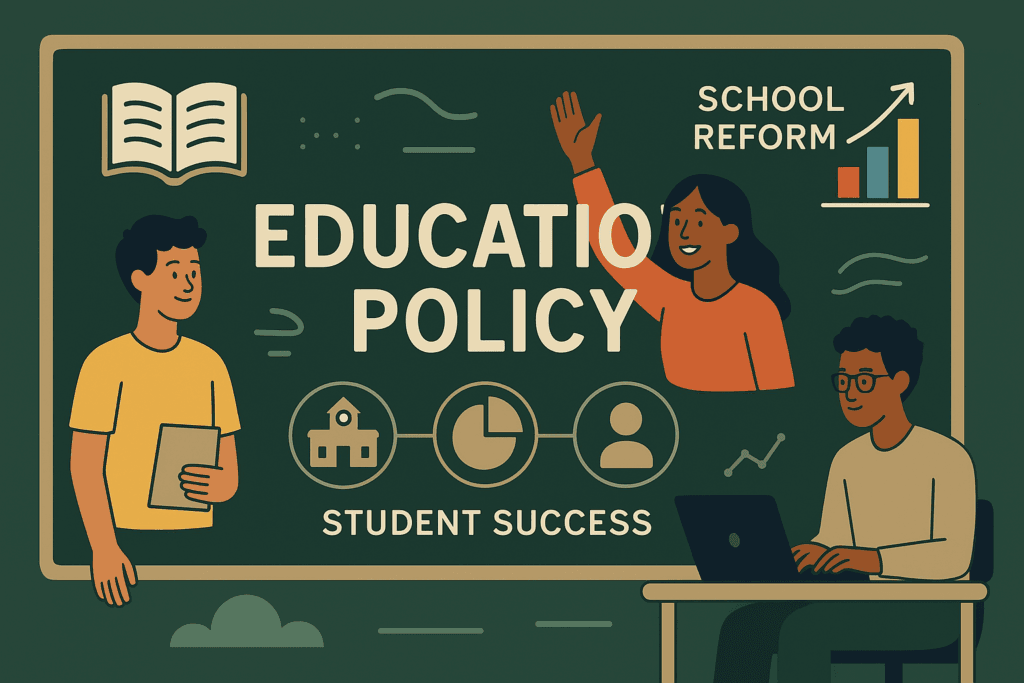
For many students, technology has become a crucial element of their studies. It has improved the efficiency, flexibility, and personalization of learning. People nowadays have access to a broad selection of academic and learning materials, tools that may help them enhance their performance, and helpers that allows to save time. Today we will list the most beneficial ways of using technology for studying.
How Technology Helps
The benefits of using technology for studying are hard to overestimate. If you would want to compare the education process with technologies and without, you would understand that it made a huge progress in terms of opportunity and adaptability.
Opportunities
One of the most major benefits of technology in education is the opportunity to obtain knowledge on any subject fast and convenient. Online libraries, databases, and search engines have made it possible to quickly discover information on any topic. No matter what you need to learn about – the life span of a butterfly or the biggest ghost city in the world – the Internet knows that. You can quickly access this information, moreover you can check different sources to compare or find inconsistencies. This has made research more efficient and allowed students to uncover material that was previously impossible to find.
Adaptability
Technology has also made learning more adaptable. Students may study at their own speed and on their own time using online courses and mobile learning. This has enabled students to mix their academic tasks with other life spheres. For example, technology makes it easier for students to have kids without leaving learning institution or work.
Individual Approach
Furthermore, technological progress has made learning more individualized. For example, students might use technology in different ways or have their preferences when it comes to research process or data analysis. Some AI tools might learn about these individual specifics and adjust to them.
Ways to Use Technology for Studying
So, as you are surely already using technology in your studying process, you might want to learn about more options that you have or some other ways in which modern era can help your studies. Here are a few examples of how you may utilize technology to aid your study.
- Virtual Reality (VR) Learning: Virtual reality may make learning more engaging and immersive. Students may use VR to explore diverse settings and experiences that they would not have access to in real life. They may, for example, take a virtual tour of renowned monuments, explore space, perform experiments in a VR lab or go on a field trip without having to leave the classroom. It actually allows professors to engage students in exciting lectures with lots of visual materials and it also allows you to access all of that while you are still on campus. Isn’t it just great?
- Podcasts: Podcasts are a great way for students to study on the go. You may use podcasts to listen to instructional information, expert interviews, and conversations on a variety of subjects, for example, the latest researches and survey data, etc. Podcasts are widely accessible on smartphones, tablets, and laptops, making them a simple method to study at any time and from any location. You can listen to them while in the gym, car, or taking shower.
- Gamification: Game elements that are used to encourage learning process are now widespread. Gamification may be used to make learning more enjoyable and easy-to-understand, while also satisfying your needs for entertainment and some change in your daily routine. Educational games, quizzes, and contests are examples of gamification in education, as well as educational elements in videogames, or specific gaming designs.
- Online Collaborative applications: Collaborative applications such as Google Docs, Trello, and Slack allow students to collaborate on projects and assignments from various places. These technologies also support real-time file sharing, communication, and collaboration.
- Social Media: Platforms such as Twitter, Facebook, and Instagram may be used to connect with other students and learning group, share projects, access resources, and participate in conversations on a variety of subjects. You can also sometimes find assistance on social media, such as survey participators, or homework help.
- Interactive Whiteboards: Digital whiteboards that allow instructors and students to write, draw, and engage with digital material are known as interactive whiteboards. They can show presentations, films, and other instructional resources, making them a useful classroom tool.
- Mobile Learning: Mobile learning is delivering instructional information through mobile devices such as smartphones and tablets. Students may access instructional resources via their gadgets which makes studying more accessible and convenient.
- Online learning platforms: Online learning sites such as Udemy, Coursera, and edX provide a diverse choice of courses and certificates in a variety of subjects. Students may use these platforms to acquire new skills and enhance their professions from anywhere in the globe.
- Instructional applications: Thousands of instructional applications covering a wide range of courses and themes are accessible on app stores. These applications include interactive quizzes, games, and courses to make studying more enjoyable and engaging.
- Artificial Intelligence (AI): AI may be used to tailor learning experiences by adjusting to specific student demands and learning styles. AI-powered learning tools, for example, may monitor a student’s performance and make individualized advice on where they need to improve.
Wrapping Up
Finally, technology has changed the way we learn by making education more accessible, interactive, and interesting. The innovative uses of technology to aid learning are many and continue to change as new technologies are introduced. Technology, from virtual reality to artificial intelligence, has presented students with limitless chances to study and develop.
The value of technology in education cannot be emphasized. It has improved the efficiency, flexibility, and personalization of learning. Students may attain their academic objectives more simply and effectively than ever before because of internet resources, mobile learning, and artificial intelligence.
It will be intriguing to observe how technology continues to affect the future of education as it evolves. It is apparent that technology will continue to play an important part in the way we learn, making education more accessible and interesting for students of all ages and backgrounds.
 Karen Palmer
Karen Palmer


